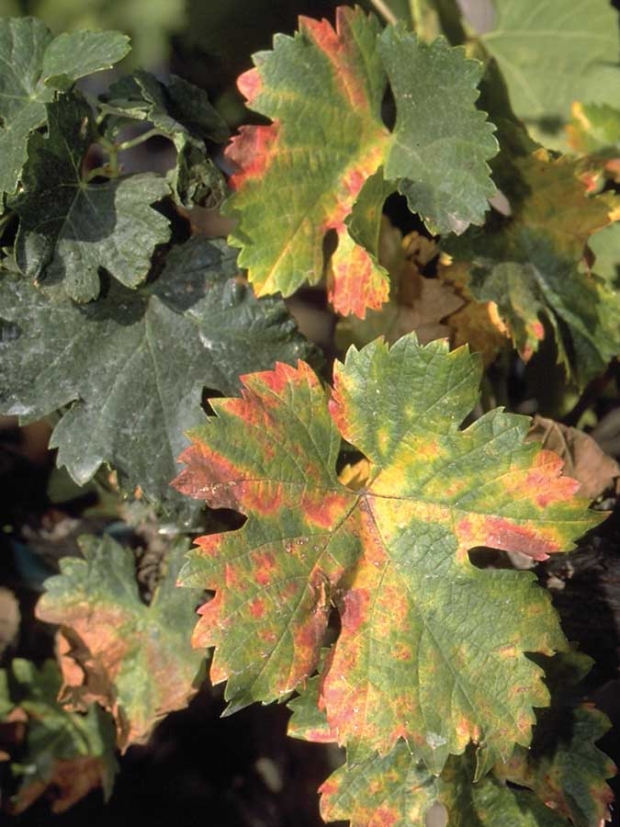
Oregon officials are investigating what is believed to be the state’s first finding of the bacterium Xylella fastidiosa, which was discovered in a pear variety for perry, or pear cider.
Pears have not widely been considered a host for X. fastidiosa, which infects xylem vessels in a number of woody, broad leaf and annual grass plants, disrupting the flow of water and minerals.
About 200 plant species are susceptible, including American sycamore, apricot, blackberry, blueberry, grape, maple, peach, plum and raspberry.
In North America, the pathogen has been known for causing Pierce’s disease in wine grapevines.
The disease has been present in California vineyards every year, resulting in dramatic losses in the Napa Valley and in parts of the San Joaquin Valley.
European wine grape varieties are particularly susceptible to the disease, which has not been reported in Oregon.
Symptoms vary by host, but the most common symptom is leaf scorch, where the edge of a green leaf turns dry, similar to moisture stress. These leaves later die and turn brown.
Oregon researchers had recently examined records to determine if X. fastidiosa had ever been reported there — finding none — when the report came in from a grower who was testing pear varieties for cider production, said Gary McAninch, who manages the Oregon Department of Agriculture’s nursery and Christmas tree program.
Oregon has since ordered a 180-day quarantine restricting shipments of susceptible pear materials for nine counties. Researchers also are surveying western Oregon, with most of the field material collected and awaiting results of laboratory analysis.
“We didn’t want any potentially infected pear plants moving around until we could figure out if we had the disease all over the place, or maybe if it was only in a couple of areas, if there was a chance to eradicate it,” he said.
Oregon already had in place a permanent quarantine requiring grapevines from California either to be tested or to come from an area where X. fastidiosa is not a concern.
Common vectors for the pathogen are xylem-feeding insects, which acquire the bacterium while feeding on xylem sap, including leafhoppers, sharpshooters and spittlebugs or froghoppers.
The key vector in California — the glassy-winged sharpshooter — is not found in Oregon, but other potential vectors there include the blue-green sharpshooter and common spittlebug.
The pathogen is prevalent in warmer regions of North America, such as the southeastern United States, where it remains the biggest obstacle to growing European-type wine grapes.
In recent years, it has been reported in Europe, Asia and South America, including Italy, where it is killing olive trees.
The European Union and other countries prohibit or severely restrict importation of plant materials where X. fastidiosa is known to occur.
For that reason, the finding also is of particular concern to the nursery industry, McAninch said. •
—by Shannon Dininny






What about pomegranate trees and PD?